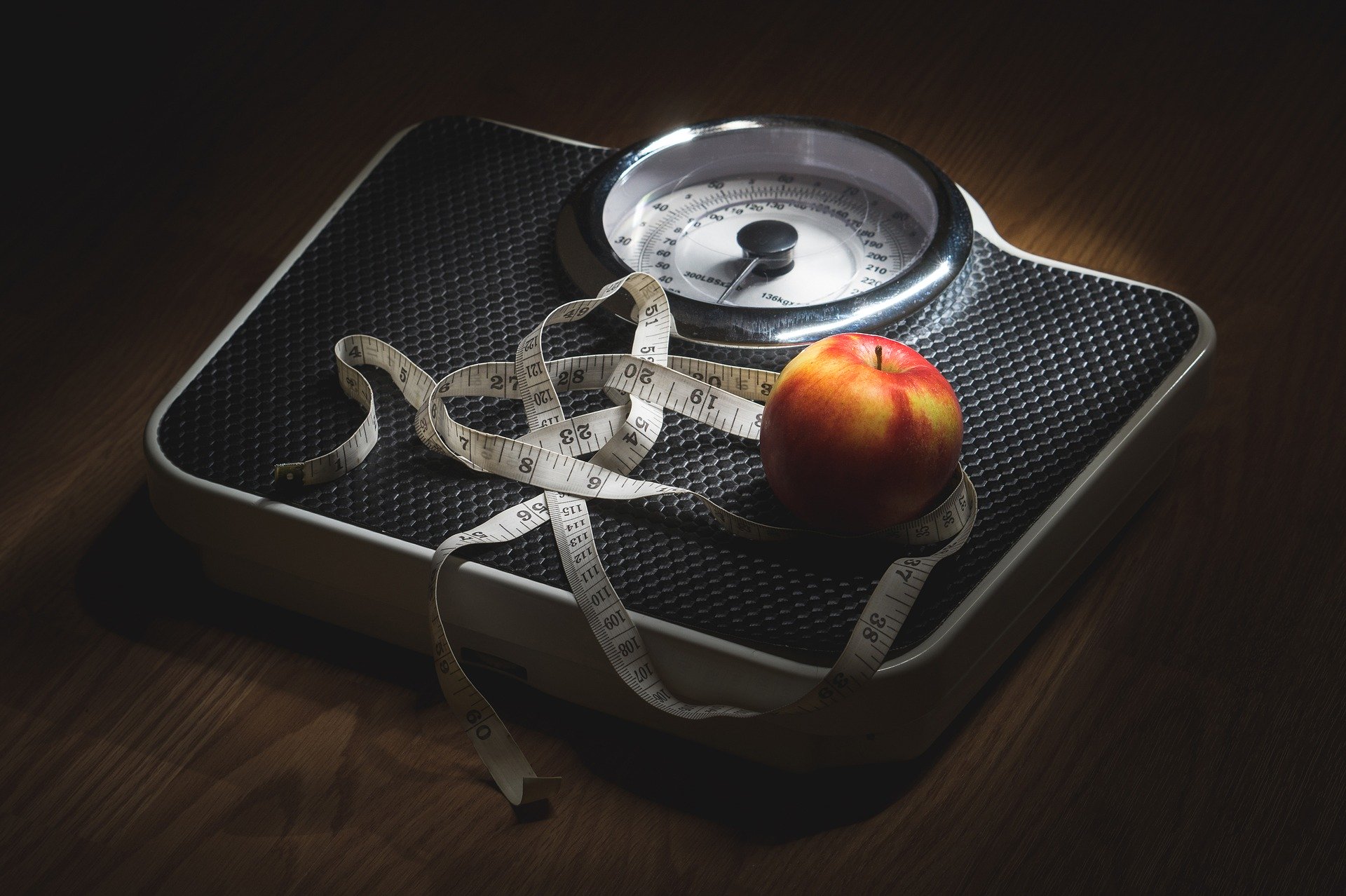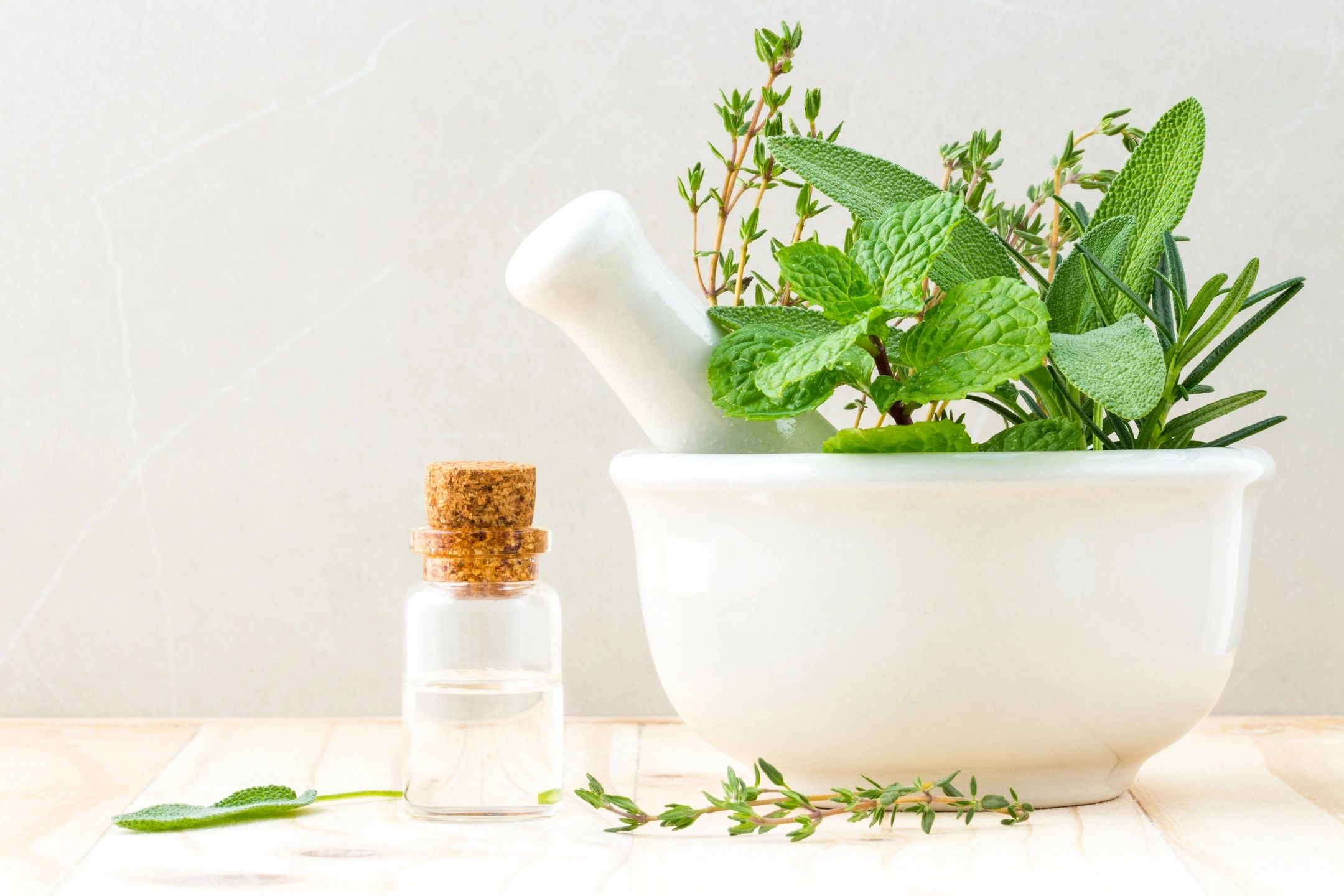We all strive to be healthy in life. One of the best ways to do that is to stick to a diet which keeps our bodies trim and fighting fit. But what happens when we deviate from that path? While it’s never a bad thing to treat yourself from time to time, regular overindulgence can lead to a number of unwanted side effects.
And while it might not be at the forefront of your mind, gout is chief among them. As many as 9.2 million people in the US alone are affected by this condition, which accounts for 3.9% of the entire adult population. In most cases, an unbalanced diet is a primary trigger for those who are suffering.
In this brief guide, we’ll look at exactly what gout is, how it affects you, the symptoms to watch for, and the foods which will or won’t have a positive impact.
What is Gout?
A form of arthritis, gout sees small crystals form around the joints of your bones (often in the feet, fingers, knees and toes) as a result of high uric acid build-up in the body. Those experiencing it will find themselves with joint pain for days, or even weeks at a time – while the area affected will become red and swollen.
Perhaps unsurprisingly, with a condition like arthritis, it tends to become more of a factor as we age. Research has shown that men aged 45 and above are particularly susceptible to the condition, while it becomes more prevalent in women from age 55 and over.
What foods cause gout?
As we’ve discussed, uric acid is the primary cause of gout. This acid is a byproduct of the breakdown of the chemical known as purine – which is present in a variety of foods. Avoiding these foods is one of the most effective ways to reduce the chances of developing, as well as to manage the symptoms of gout.
The foods which put you most at risk of developing the condition include:
● Sweets, chocolate and other things that are high in sugar
● Red or gamey meats
● Alcohol
● Deli meats – especially turkey
● Some types of seafood, such as scallops, herring, mussels, tuna, trout, and haddock
Just as with any diet, eating these food groups in moderation (if you don’t already have gout) is acceptable. However, for those who’ve already been diagnosed, it’s best to steer clear of them altogether. Further uric acid production can worsen your condition, and cause excess swelling and inflammation.
Foods which are low-purine, and therefore help with managing the effects of gout:
● Cherries and berries
● Any foods high in vitamin C
● Coffee
● Milk
● Water
While these foods won’t prevent gout, they will make managing the condition easier.
Watching for the symptoms of gout
If you’re concerned your diet might make you more susceptible to developing gout, it’s wise to educate yourself on the potential symptoms. The most important symptoms to watch out are:
● Intense joint pain that lasts for an elongated period of time
● Inflammation in the toes, fingers, knees, and any other joint
● Hindered movement, most often categorized by pain and stiffness
Do you have a better understanding of how gout can be caused by your diet? Make sure to avoid eating too many high-purine foods, and get in touch with your doctor if you’re worried you might be experiencing any of the potential symptoms.




